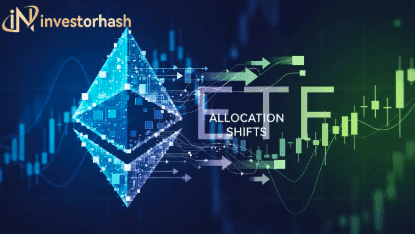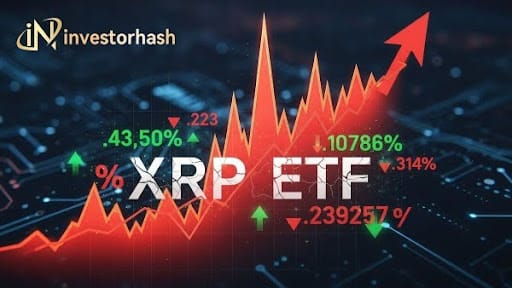Bitcoin volatility above $10k hits all-time low – massive rally could be coming
Data from Skew, a crypto market research firm, shows that Bitcoin's realized volatility above $10,000 has never been as low as it is right now. The research shows that Bitcoin's realized volatility is now close to 10%, which has never happened at current price levels. In the past, Bitcoin has been far more volatile above $10,000, and has either spiked higher, or fell rapidly to lower levels. That has not been the case in 2020, as Bitcoin has been moving between $10,000 and $12,000 for a few months.
Welt market analyst Holger Zschaepitz commented,
“Bitcoin rallies to almost $12k while stocks stumble as the cryptocurrency is emerging as a relative oasis of calm and outperformance. Crypto fans are closely watching the $12,000 level as a major hurdle to cross before it can embark on a bigger rally.”
Why it matters: Higher Bitcoin prices over the long-term are all but certain. Lower volatility in the Bitcoin market is a result of much higher liquidity, and the interest of larger investors who are probably using professional acquisition strategies. One recent event that is very telling is OKEx's move to suspend redemptions, which may have been extremely bearish a few years ago. While it did cause momentary weakness in the Bitcoin price, that move quickly evaporated. As more investors enter the market, the likelihood of a big rally increases. As Bitcoin appears to be a new form of cash holding, higher prices aren't likely to spur selling, which has been common in the past.




